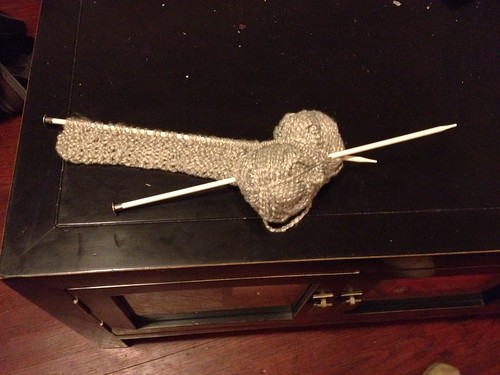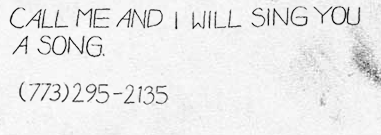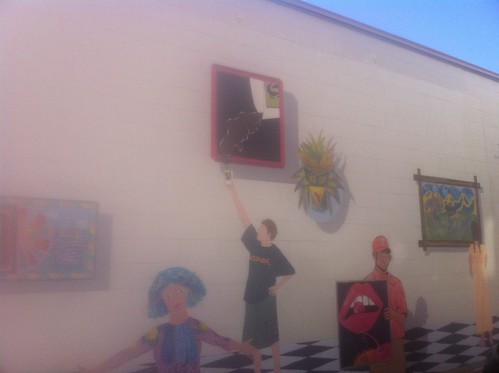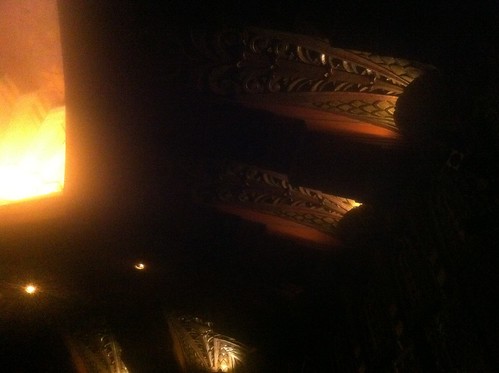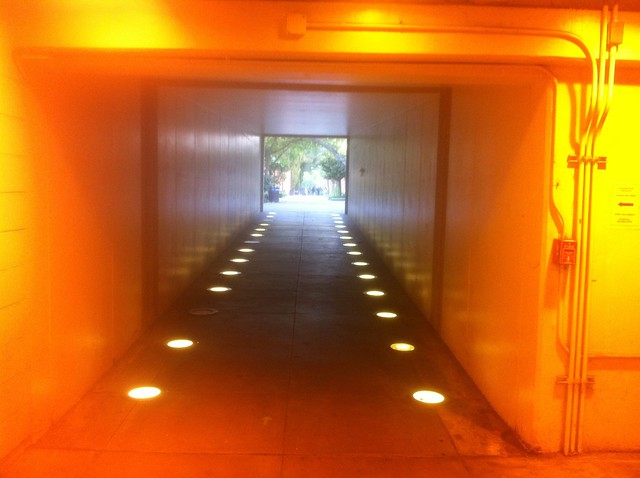
Over the past week, along with an abundance of holiday shopping, I purchased the updated anthology of Underworld’s selected hits and rarities. It was with nostalgia that the opening arpeggiated notes of “Rez” kicked in that I remembered the way the band seeped into my consciousness.
It was the Golden Age of Napster and it was less a site I understood as leading to piracy than as my own open university. This being 2000 and stuck negotiating space in new ways in a dorm room at UCLA, the possibilities of the system were limited only by the occasional lag in internet service. I felt like I was playing catch-up. Eighteen and recently donned music editor for the school newspaper, I was taking night classes in ’80s hip-hop, IDM, and Impulse Records’ free jazz artists. Confusion was the norm with my poorly skinned Winamp player doing its best to make sense of things for me. I remember downloading a cover of “Brown Eyed Girl” that was attributed to Weezer; though it clearly was not Rivers Cuomo & company singing through my paltry computer speakers, it was an inspired cover that’s been a lost but longed for mp3 in the shuffle of computers and files over the years, a relic of the wild west-like nature of Napster. Similarly, I remember (as part of my self-prescribed curriculum) burning DJ Shadow’s Endtroducing and Aphex Twin’s Richard D James Album on a single disc and, for months, not knowing which was which when it came to musical styles and sonic textures. [RIAA, if you’re reading, I eventually bought both albums along with countless others as a result of the Napster days, a testament to the possibilities of profit that were overshadowed by fear and terrorism and Metallica.]
That summer, I’d read Generation Ecstasy and it was an eye opener not only in terms of the possibilities of musical genres, but in revealing the possibilities of academic engagement in music in meaningful ways. Later, I remember talking about music with friends and mentioning the book only to find out it was an assigned text in an undergraduate elective about popular music. You can take a class on this stuff?!
I remembered Underworld as that group that wrote that song for Trainspotting and, on a lark, bought their live album Everythingeverything at a Tower Records near my grandparents’ house in Huntington Beach. The sheer size of what Karl Hyde and Rick Smith were accomplishing fascinated me. The climaxed clash of “Rez/Cowgirl” is forever connected in my mind with fevered drives home through the winding roads of Mt. Helix.
And all of this is to prelude a simple question: Why did I have to wait so long for this opportunity? While I was already a music “fan” and immersed in family practices that included going to musical performances, singing at family gatherings, and enthusiastically drumming on car dashboards, it really wasn’t until college that I was able to see music as a source of study, as a place to connect passion with purpose, a place to learn new ways of listening.
Look at a student’s Facebook for even a few minutes, hear their in-class earbuds bleating distorted tones, or ask them what their current ringtone is and it’s clear that music is a source of passion for the vast majority of the kids in our schools today. And yet, we leave music instruction into the hands of people who are inclined on the production side of things (and even then in only limited ways such as marching bands and big band numbers). Why do we wait to make the study of music, its history, and the cultural meaning of it an option only for those students that eventually matriculate into universities? Some settings allow us to engage in “Music Appreciation,” but even that signals very limited understandings of listeners’ and academics’ roles and relationships with music.t
Look at any of the many studies about scaffolding toward academic instruction and utilizing youth popular culture and the academic opportunities for use of music in core content areas are seen in abundance. Music has been a regular presence in my classroom to both instruct and to help foster community. As I continue working with current and aspiring teachers, thinking through pedagogy of incorporating music in English classrooms will continue to be a part of how my courses and in-services are structured. However, I want to make clear that I think that courses in music criticism, music history, and ethnomusicology would speak strongly to the students that often feel disconnected from the curriculum in schools and aren’t necessarily interested in holding a bassoon or lugging around a sousaphone.
Two days ago, I was involved in a rational debate about Odd Future Wolf Gang Kill Them All with a student that had failed my class last year. He spoke passionately about the group’s strong suits and I played devil’s advocate for the purposes of our conversation. A friend of mine, as we enjoyed dinner prior to a record-breaking Kanye West & Jay-Z concert earlier this week, mentioned that his students are really into Whiz Khalifa. Another former student is probably South Central’s resident expert on all things Beatles. Aside from being a novelist and paranormal romance expert, my former student Sam happily shares her listening habits with me, her interests in Chromeo, Vampire Weekend, and Interpol a common system of semiotics in our too infrequent conversations. These are scholars waiting to be acknowledged and engaged and not necessarily wanting to hold an instrument or perform in front of a crowd.
Open up the door of cultural studies and it’s not a big stretch to see new ways of engaging students critically in schools and for meaningful ways. The way I see it, get kids thinking academically about music and movies and it isn’t long until we’re reading Bordwell and Ross in high school. And then it isn’t long until we’re reading Stuart Hall. And then the Frankfurt School. And Marx. It’s not long until we’re listening to music in new ways and hearing in the notes and silence the sounds of change and possibility and cultural action for freedom.
Tell people this is awesome:
